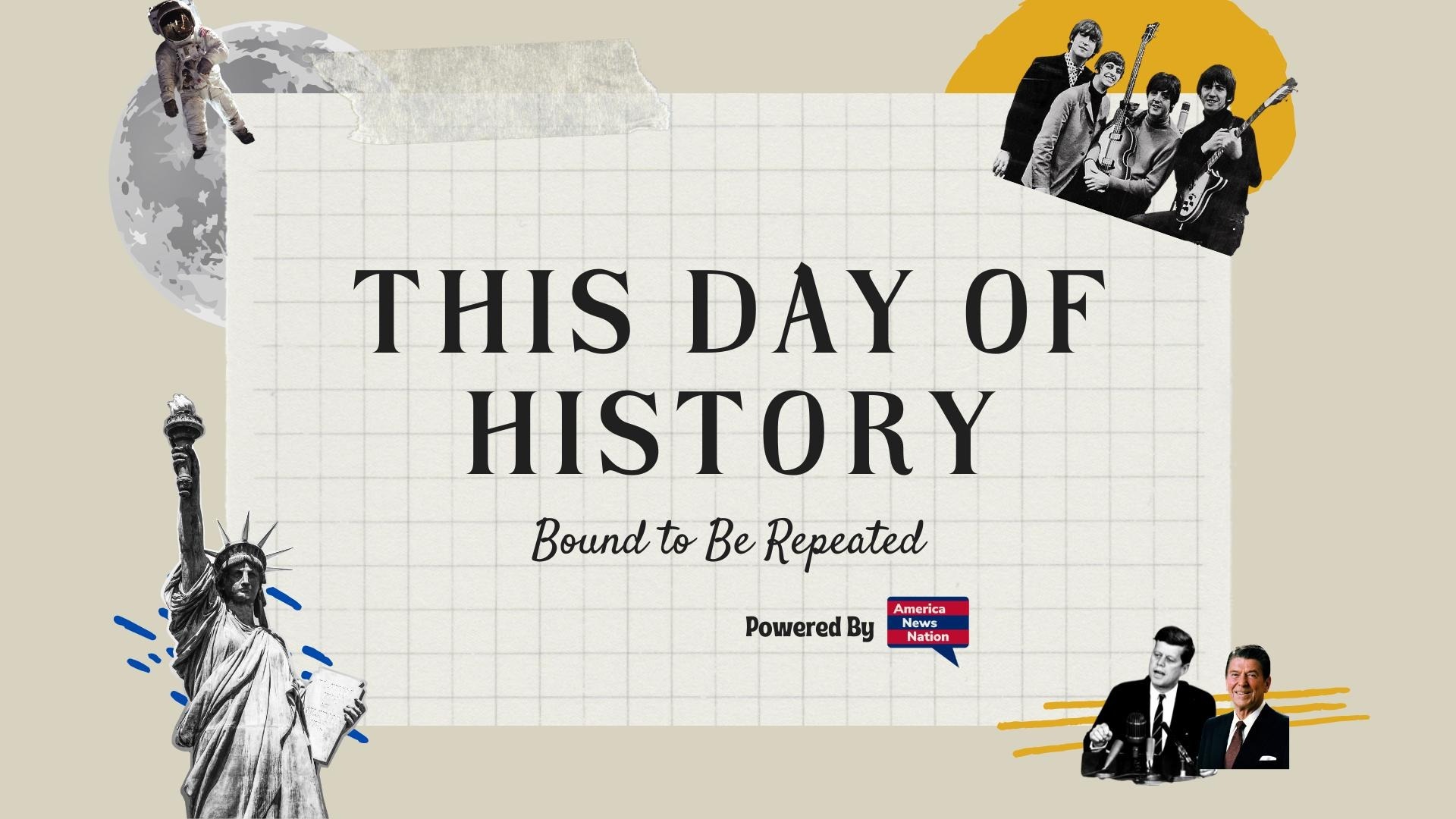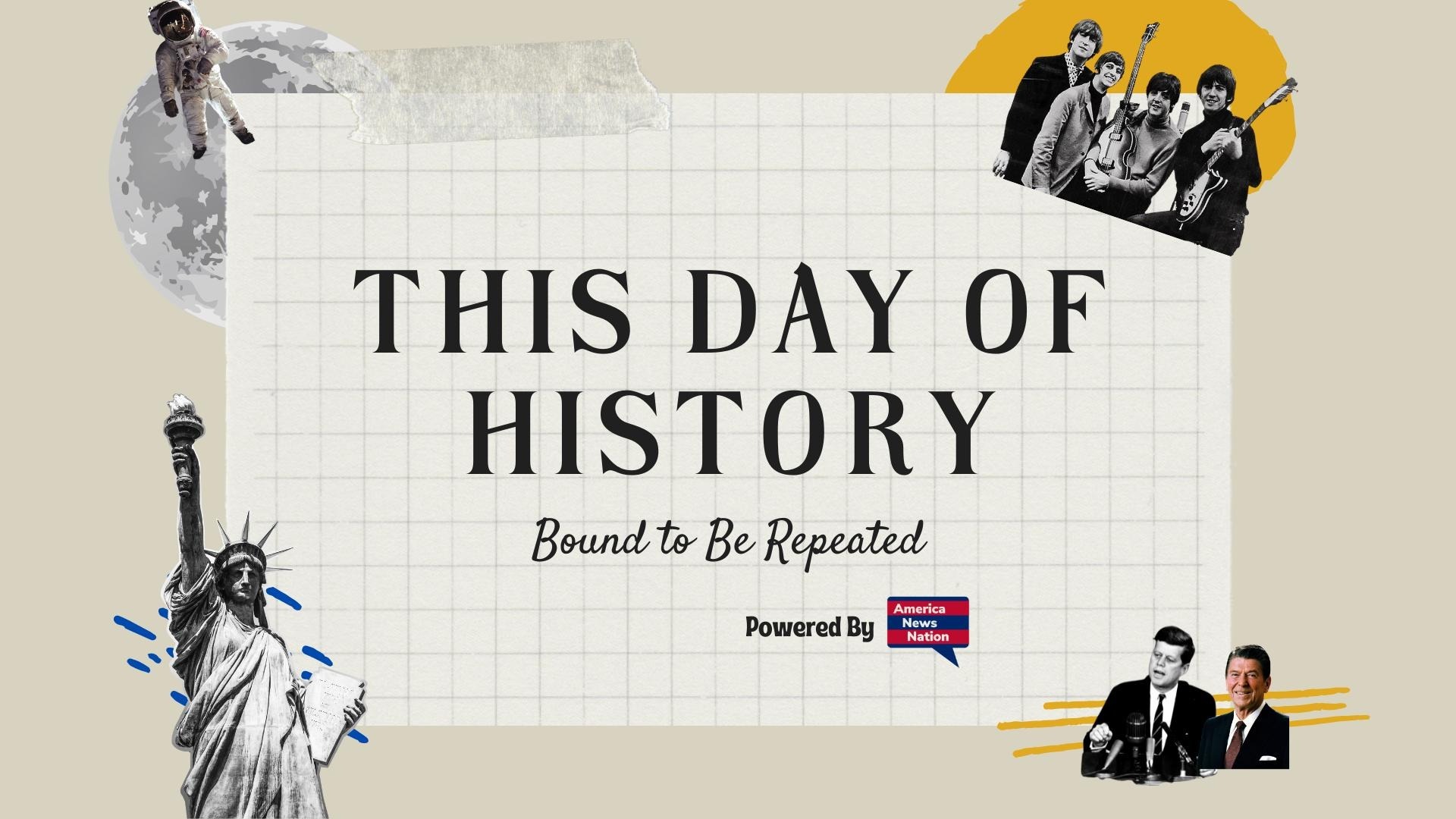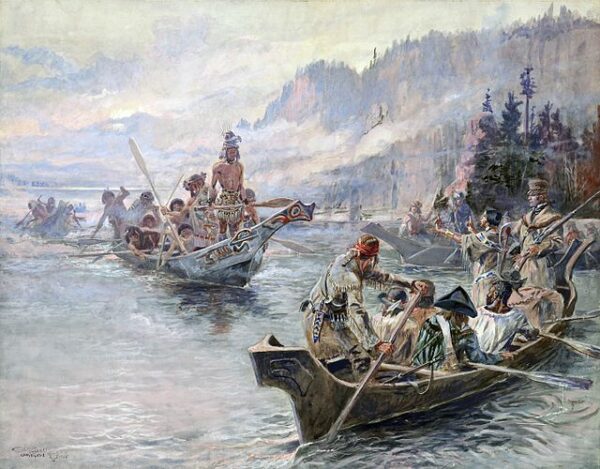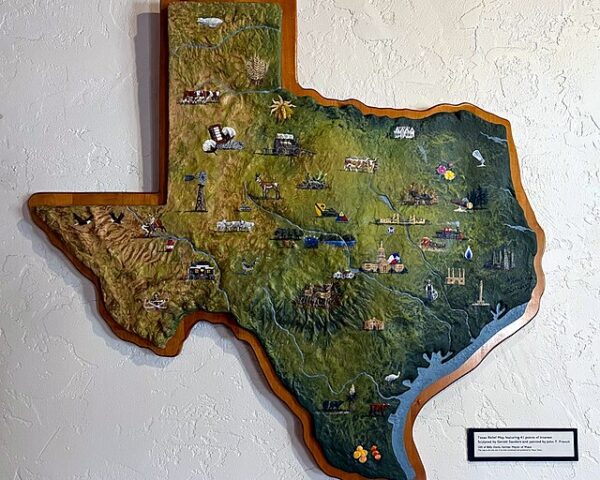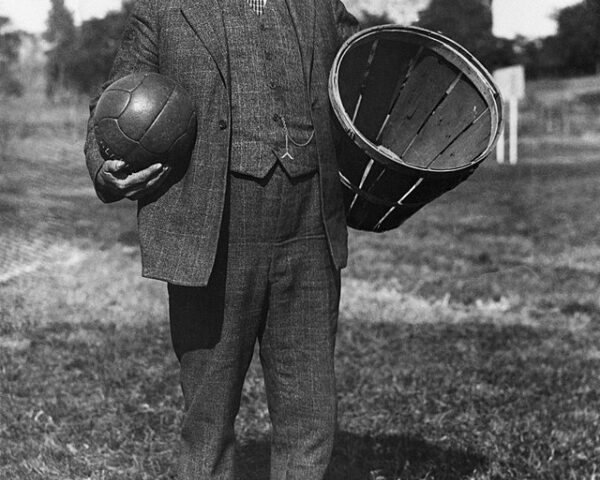On May 22, 1804, the boats pushed off from the banks of St. Charles, Missouri, and the United States crossed a threshold. What lay ahead was not merely a geographic expedition but a test of national ambition—a collision of science, sovereignty, and myth. The Corps of Discovery, commissioned by President Thomas Jefferson and led by Captains Meriwether Lewis and William Clark, had departed eastern outposts weeks earlier. But it was here, in this final town on the edge of American settlement, that the expedition’s mission truly began. From this point forward, they would no longer be preparing to enter the wilderness. They would be in it.
Jefferson’s decision to send an armed, federally backed expedition upriver followed directly from the previous year’s Louisiana Purchase, a stunning diplomatic coup that had doubled the young republic’s territory and plunged it into a profound uncertainty. What, exactly, had the United States bought? Where did it end? Who lived there? What lived there? Could it be crossed? Jefferson didn’t just want a map. He wanted proof—of opportunity, of commercial potential, of scientific enlightenment, and of American destiny.
The Corps was constructed with that purpose in mind. It was a military detachment, but also an extension of Enlightenment reason—a hybrid of soldiers and naturalists, woodsmen and proto-diplomats. Lewis, Jefferson’s personal secretary, brought with him astronomical instruments, specimen jars, and medicine chests. Clark provided the practical skills: surveying, leadership, frontier experience. Their orders were explicit yet impossibly broad: follow the Missouri River to its source, cross the Continental Divide, and find a navigable water route to the Pacific. Along the way, they were to gather intelligence—on climate, topography, minerals, wildlife, and above all, the Indigenous nations that inhabited the land.
In theory, the Louisiana Territory had been “purchased” from France. In reality, it was populated by dozens of sovereign Native peoples, each with their own relationships, boundaries, and histories. The Americans did not enter empty wilderness but a dense web of political complexity. Tribes such as the Osage, the Mandan, and later the Shoshone and Nez Perce would not merely be encountered; they would have to be persuaded. Jefferson hoped that the presentation of peace medals, flags, and trade goods would win favor—and that the presence of American arms would secure obedience where diplomacy failed. The expedition carried both messages in tandem: goodwill and gunpowder.
The men left St. Charles in a 55-foot keelboat and two smaller pirogues, hauling barrels of pork, flour, and whiskey upriver. The Missouri was the spine of their journey, and it quickly became a trial—snarled with snags, pushed by currents, flanked by thick brush. Even at this early stage, the expedition’s difficulty was unmistakable. But Lewis and Clark kept rigorous journals, documenting each hardship, each unfamiliar plant or animal, and each interaction with local tribes. Their records would form one of the most comprehensive—and mythologized—accounts of the North American interior in the early 19th century.
But the expedition’s true power lay not in its data collection or even its diplomatic aims, but in what it represented: the projection of federal authority into lands the federal government scarcely understood. Lewis and Clark were, in effect, agents of empire—mapping routes, marking claims, and planting a flag in anticipation of settlers who would follow in their wake. What the Corps called discovery, others would experience as invasion.
Still, the moment of departure—May 22—retains its symbolic weight. It was the beginning of an American movement west not in name only, but in infrastructure, intention, and permanence. The republic was no longer content to wait for its frontiers to unfold. It would chart them, claim them, and inscribe them into its future. The Corps of Discovery did not merely paddle into the unknown. It redefined what the known would become.
